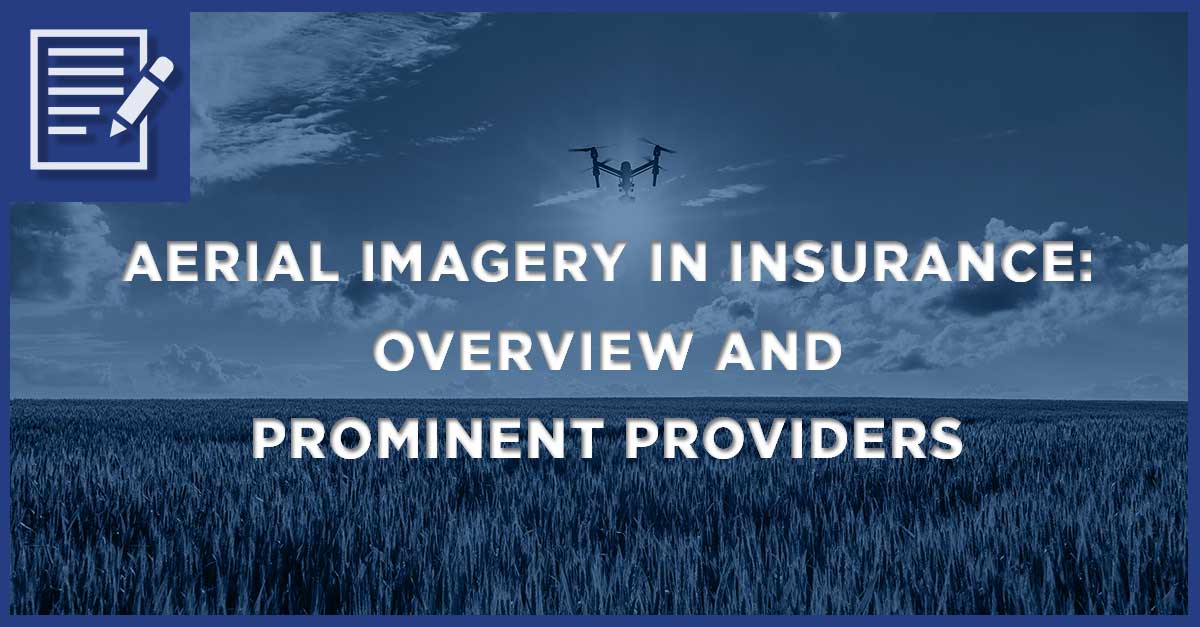
Drones usage is growing more prominent across industries, and insurance is no exception. In Novarica’s latest Emerging Technology in Insurance study, 16% of property/casualty carriers reported that they are either actively piloting a drone initiative or are planning a pilot. An additional 15% have already piloted a drone program, and 43% are looking into working with unmanned aerial vehicles (UAV) within the next few years.
Insurance carriers have been approved by the FAA to use drones for responses to catastrophes, property surveys, and safety inspections. Travelers, for example, relied on drones to survey damage caused by Hurricane Matthew, and Allstate used drones after Hurricane Harvey and to inspect hail damage in Texas. UAV are also being used to lower the risk for human employees during catastrophes or inspections of remote or dangerous properties, including roof inspections.
The use cases and benefits of UAV in insurance are poised for major growth with the advent of machine learning and IoT technology. Some UAV are being manufactured with built-in telematics sensors, enabling them to collect and transmit aerial imagery and data in near real time. Carriers can pair this data with in-house or third-party analytics platforms to reveal insights rapidly.
Machine vision, a subset of machine learning, also has powerful implications for drone usage. A few drones with this technology are already on the market; not only can these devices take information in, but they can analyze it and make informed decisions. Machine-vision-enabled UAV can produce 3-D maps, be contextually aware, and detect other objects. In cases of wildfires, for example, drones might be able to automatically reroute themselves if their flight path put them at risk of fire or smoke damage.
In addition to new technology, new legislation should also be considered by any organization or individual using drones. Not only do commercial drone operators need a remote pilot license, but they need to be approved by the FAA; follow local, state, and federal regulations; meet privacy legislation such as GDPR when collecting personally identifiable information; and consider purchasing drone insurance.
Insurers hoping to launch a UAV-based initiative have many options. They can hire an in-house team or work with a third-party drone provider. They can seek out a solution provider with the hardware, software, or combination best suited for their organization. To learn more about how drones can be used in insurance and which prominent solution providers have offerings in the marketplace, read our latest Executive Brief, Aerial Imagery in Insurance: Overview and Prominent Providers.
Add new comment